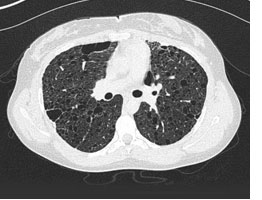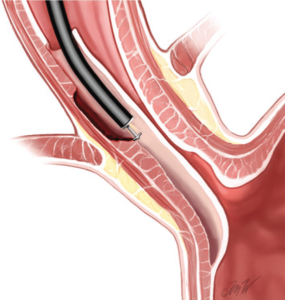Are Subsequent Cardiovascular Events Associated with DMARD Use for RA, PsA or Psoriasis?
Cardiovascular (CV) disease is a major concern for patients with systemic rheumatic diseases. In a recent study, we examined disease‐modifying antirheumatic drug (DMARD) treatments and estimated the risk of a subsequent CV event among patients who experienced a first CV event and had rheumatoid arthritis (RA), psoriatic arthritis (PsA) or psoriasis.
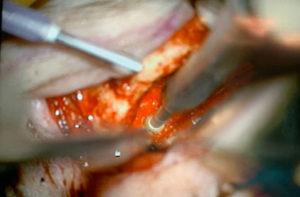 In a rare through-the-eyelid surgery, neurosurgeon
In a rare through-the-eyelid surgery, neurosurgeon  Could understanding a patient’s personal network of friends and family provide important clues to health and illness, and even guide care? Neurologist
Could understanding a patient’s personal network of friends and family provide important clues to health and illness, and even guide care? Neurologist 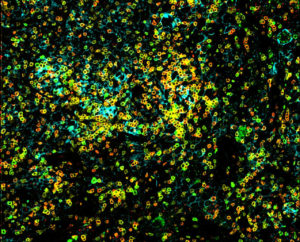
 The androgen-receptor inhibitor enzalutamide already has established benefit in castration-resistant prostate cancer. Now the randomized phase III trial ENZAMET is exploring the impact of adding enzalutamide to testosterone suppression for metastatic hormone-sensitive prostate cancer (mHSPC). Interim analysis showed significantly prolonged overall survival with less cancer progression.
The androgen-receptor inhibitor enzalutamide already has established benefit in castration-resistant prostate cancer. Now the randomized phase III trial ENZAMET is exploring the impact of adding enzalutamide to testosterone suppression for metastatic hormone-sensitive prostate cancer (mHSPC). Interim analysis showed significantly prolonged overall survival with less cancer progression.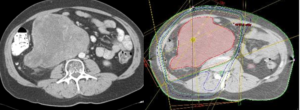 A study presented at the 2019 ASCO Annual Meeting showed that radiation therapy prior to surgery does not reduce the rate of local recurrence among most patients with retroperitoneal sarcoma (RPS).
A study presented at the 2019 ASCO Annual Meeting showed that radiation therapy prior to surgery does not reduce the rate of local recurrence among most patients with retroperitoneal sarcoma (RPS).  Dana-Farber Cancer Institute physician-researcher
Dana-Farber Cancer Institute physician-researcher  The team at Brigham Health’s Heart & Vascular Center have been pioneers in cardiovascular genetics since the field’s inception in the 1980s when Jon and Christine Seidman discovered the genetic cause of hypertrophic cardiomyopathy. Since that time, they have continued to lead innovation and growth, both in fundamental discovery and clinical practice.
The team at Brigham Health’s Heart & Vascular Center have been pioneers in cardiovascular genetics since the field’s inception in the 1980s when Jon and Christine Seidman discovered the genetic cause of hypertrophic cardiomyopathy. Since that time, they have continued to lead innovation and growth, both in fundamental discovery and clinical practice.